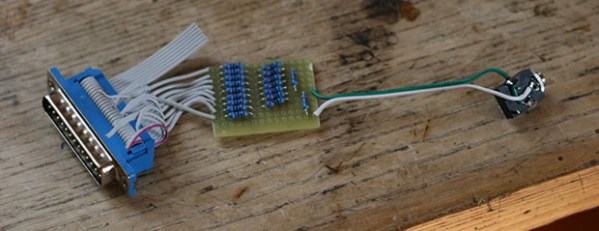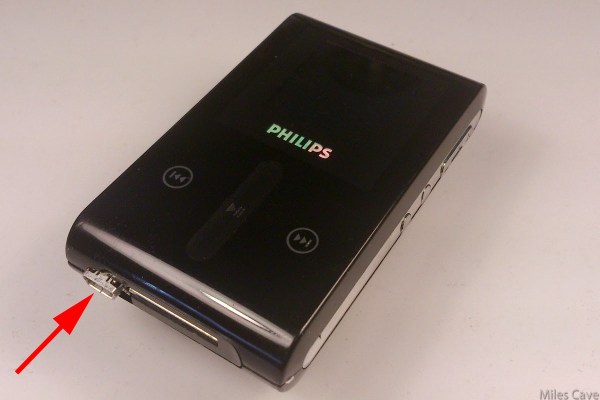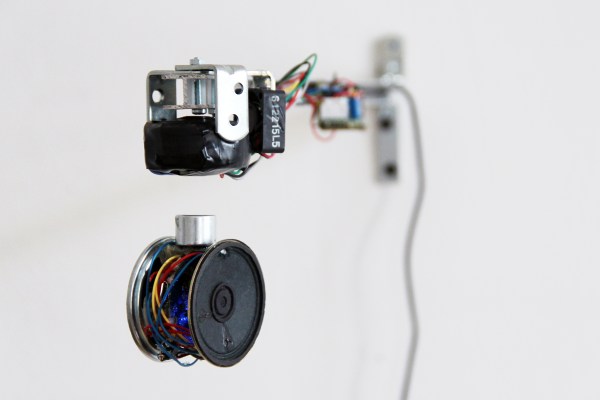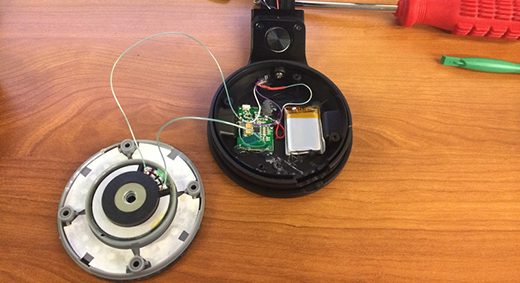About 30 years ago, before every computer had CD quality audio built in, audio cards and chips were technological marvels. MIDI chips, FM synthesis, and synths on a chip reigned supreme but one little device – just a handful of resistors – sounded fantastic. it was the Covox Speech Thing, a simple resistor ladder wired up to the parallel port of a computer that would output 8-bit audio to an external amplifier. [FK] recently built his own Covox (Czech, Google translatrix) with just 18 resistors, and the results sound fantastic.
Instead of fancy chips, the original Covox Speech Thing used the 8 bit parallel port on a PC. Back in the olden days, this was the fastest way to get digital data out of a computer, but since it was digital only, a DAC was required to turn this into audio. A simple resistor ladder was sufficient, and this hardware was eventually supported by the old DOS games from Sierra and Id.
[FK] has a demo of this LPT DAC available here, but we’re not thinking that link will last long. If anyone has a better link, leave a note in the comments and we’ll update this post. Thanks [beavel] for sending this in.

















